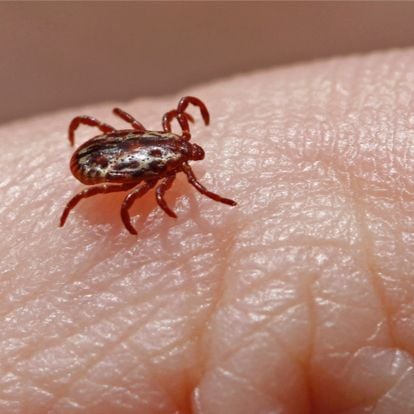 OVERVIEW
OVERVIEW
Infections caused by ticks are widespread in warm weather because more people are spending time outdoors, leading to an increase in infections. This infection can be lethal and life-threatening, so you should seek medical attention right away once you see signs of infection.
What is Rocky Mountain Spotted Fever?
Rocky Mountain spotted fever is a type of infection transmitted by a tick, and without prompt treatment, it can cause severe damage to your internal organs such as your heart and kidneys. The name was derived from the Rocky Mountains because it was first identified in that area. It is widespread in the southeast parts of Mexico, Canada, South America, and Central America.
The organism that causes this infection is called Rickettsia. Rickettsia and the ticks carrying this organism are the most common sources of infection. If an infected tick attaches itself to you and continues to feed on your blood for more than six hours, you might get infected.
Rocky Mountain spotted fever cases increase when the ticks are active, especially during warm weather, because people like spending time outdoors.
Symptoms of Rocky Mountain Spotted Fever
The first symptom that people suffer from when they have Rocky Mountain spotted fever is a severe headache and a high-temperature fever. A rash will appear on the ankles and wrist area in a few days.
The onset of illness from infection usually starts within the first week of being infected, but there are cases where symptoms don’t appear for up to 14 days. The most confusing thing about this illness is that the symptoms can often be misdiagnosed as other illnesses. Symptoms can include chills, high fever, muscle aches, severe headache, and neurological changes or confusion.
One of the telling signs of Rocky Mountain spotted fever infection is a non-itchy red rash. The rash will typically begin to show after three to five days of initial signs and symptoms. The usual spots where the rash initially appears are the wrist or ankle areas. The rash can spread in both directions, down to the hands or the bottom of the feet. It can also spread upwards to the arms and legs or torso.
Rocky Mountain can damage the blood vessels, which can lead to clots. This can cause life-threatening diseases such as Encephalitis, kidney failure, severe infection, and death.
How is Rocky Mountain Spotted Fever Diagnosed?
Consulting with a doctor is essential, especially if you get sick or develop a rash after a tick bite. Infectious diseases caused by ticks can progress rapidly and be life-threatening if undetected. If you can, you can take the tick to your doctor’s office so that they can perform lab tests and identify what specific tick infected you.
Common Treatments for Rocky Mountain Spotted Fever
People infected by Rocky Mountain spotted fever can avoid severe infection by getting treatment within five days of developing symptoms. Most doctors will recommend antibiotic therapy like Doxycycline is the most effective treatment. If you are pregnant, your doctor will recommend chloramphenicol.

 OVERVIEW
OVERVIEW
